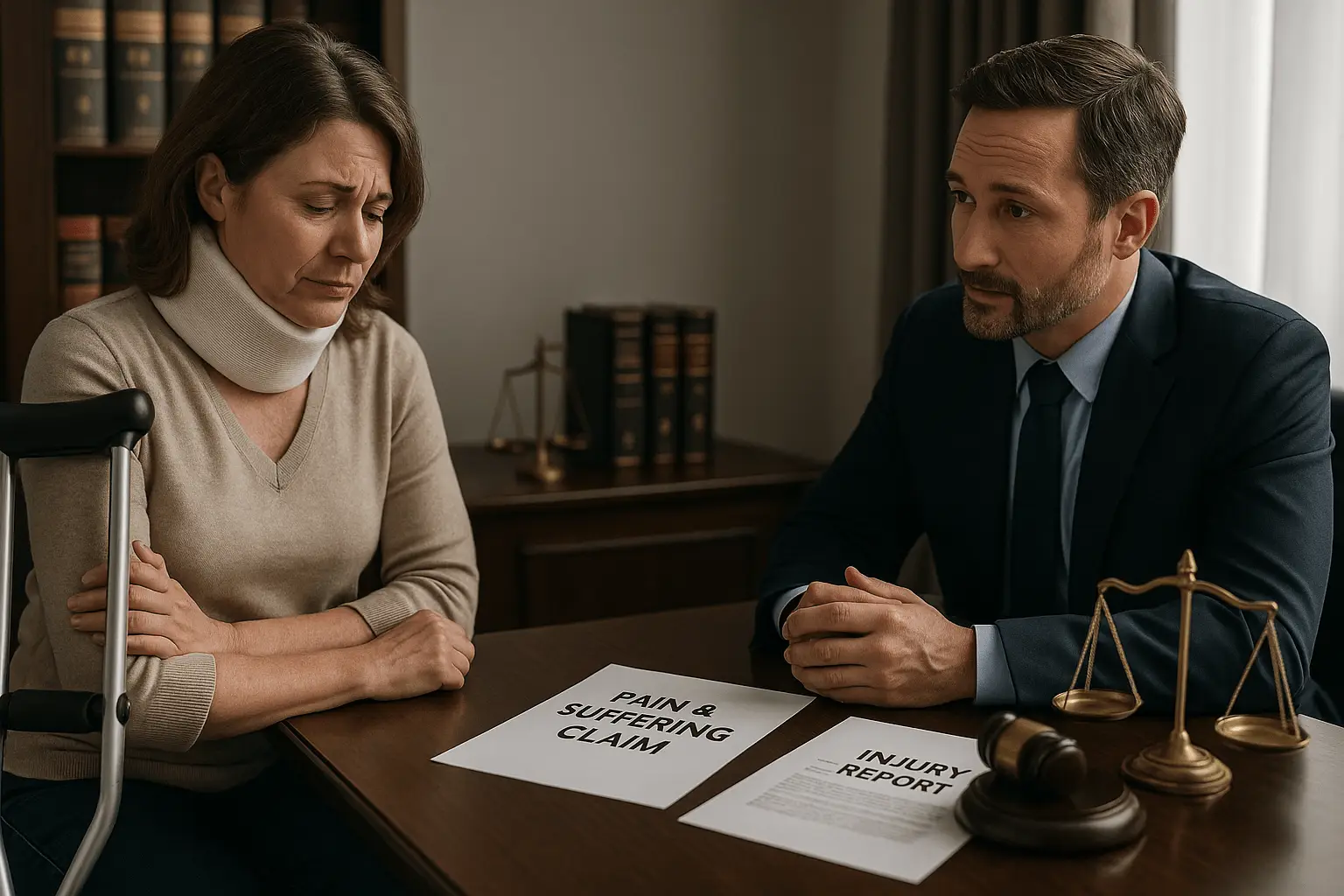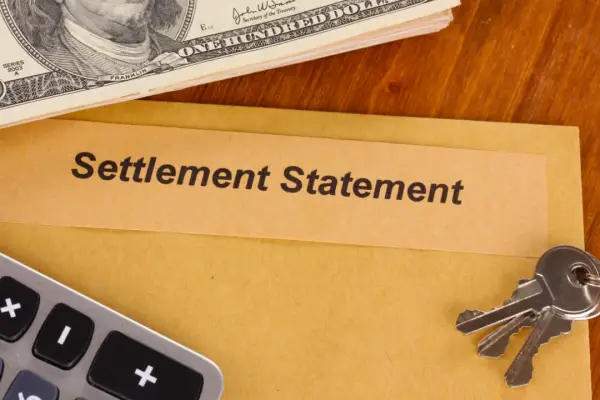
What Is Pain and Suffering? How It’s Calculated in Personal Injury Cases
What Is Pain Suffering and Why Does It Matter?
What is pain suffering? It refers to the physical and emotional distress a person experiences after an injury, often used as a legal term in personal injury cases.
Defining Pain and Suffering in Legal Terms
When someone is hurt in an accident, they may be entitled to more than just reimbursement for medical bills or property damage. Pain and suffering cover the non-economic damages you experience, which may include:
- Physical pain and discomfort
- Emotional distress or trauma
- Loss of enjoyment of life
- Anxiety, depression, or PTSD
- Sleeplessness or lifestyle disruption
Understanding what is pain suffering helps victims seek full compensation, especially in severe cases like truck accidents or motorcycle crashes, where injuries often cause long-term suffering.
How Pain and Suffering Are Calculated
There’s no universal formula for calculating pain and suffering, but courts and insurance companies use common methods.
Multiplier Method
The total economic damages (like medical bills) are multiplied by a number, usually between 1.5 and 5, depending on the severity of your injuries.
Per Diem Method
This assigns a daily dollar value to your suffering and multiplies it by the number of days you were affected.
Factors that influence how pain and suffering are calculated include:
- Severity of the injury
- Recovery time
- Impact on daily life
- Medical documentation
- Expert testimony
If you’re filing an insurance claim or lawsuit, detailed records help prove what your pain suffering is really worth.
Proving Pain and Suffering in a Claim
Because pain and suffering aren’t visible like a broken bone, you’ll need solid evidence to support your claim.
- Medical Records: These confirm diagnoses, treatments, and ongoing pain.
- Mental Health Records: Therapy notes help show emotional suffering.
- Personal Journal: Daily entries about pain or limitations can support your claim.
- Witness Statements: Testimony from family or coworkers can validate changes in behavior.
- Expert Testimony: Doctors and specialists may be asked to describe your pain and expected prognosis.
Visit TrafficAccidents.com/injuries to explore how different injury types can influence pain and suffering claims.
Why Knowing What Is Pain Suffering Is So Important
Whether you were hurt in a minor crash or a serious accident, asking what is pain suffering is crucial. Without that understanding, you might settle for less than your case is worth. This concept often accounts for a significant portion of total compensation, especially when injuries affect your quality of life long-term.
Get Help With Pain and Suffering Claims Today
If you’re unsure how to define or prove your pain and suffering, legal guidance is key. Don’t risk missing out on the full compensation you deserve. Visit TrafficAccidents.com to get matched with personal injury attorneys who understand how to handle pain and suffering claims properly.
Frequently Asked Questions (FAQs)
1. What’s the difference between pain and suffering and physical injury?
Physical injury refers to the actual damage to your body, while pain and suffering cover the emotional and lasting effects of that injury.
2. Can I get pain and suffering compensation without a lawsuit?
Yes. Many insurance settlements include pain and suffering as long as proper evidence is submitted.
3. Is there a cap on pain and suffering damages?
Some states do have limits on non-economic damages like pain and suffering. These caps vary by location and case type.
4. Can emotional trauma alone count as pain and suffering?
Yes. Emotional distress such as anxiety or PTSD, even without major physical injury, can be included in claims.
5. Do insurance companies fairly value pain and suffering?
Often, no. They may undervalue it, which is why legal representation helps ensure fair compensation.
Key Takeaways
- Pain and suffering refer to both physical and emotional trauma.
- It’s considered a type of non-economic damage in injury claims.
- Calculations depend on injury severity and life impact.
- Medical and personal records are key to proving pain and suffering.
- Legal help increases your chances of fair compensation.
Free Accident Claim Review
Complete the form to have an attorney review your accident claimCOMPLETE THE FORM TO BE CONNECTED WITH AN ACCIDENT ATTORNEY
No Matching Partners at the Moment
Thank you for your inquiry but there are no matches for you at this time. Please come back later and try again.
Recent Posts
Archives
- November 2025
- October 2025
- September 2025
- August 2025
- July 2025
- June 2025
- May 2025
- March 2025
- February 2025
- January 2025
- October 2024
- September 2024
- August 2024
- July 2024
- June 2024
- May 2024
- April 2024
- March 2024
- February 2024
- January 2024
- December 2023
- November 2023
- October 2023
- September 2023
- August 2023
- July 2023
- June 2023
- May 2023
- March 2023
- February 2023
- January 2023
- November 2022
- October 2022
- September 2022
- August 2022
- May 2022
- April 2022
- March 2022
- February 2022
- January 2022
- December 2021
- November 2021





